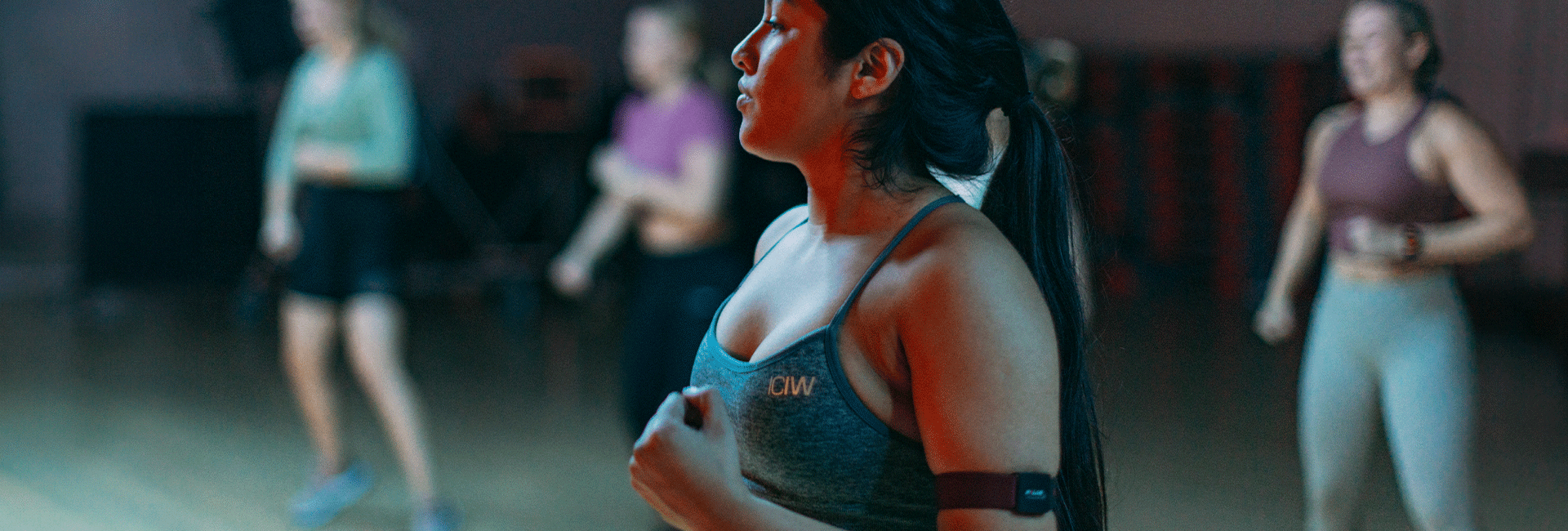Have you been working hard at the gym but noticed your progress has suddenly stalled? It’s frustrating when your muscles stop growing, your strength stops increasing, or your weight loss grinds to a halt.
You might be wondering, why do gym plateaus happen, and how can you break through them? Understanding what causes these plateaus is the first step to overcoming them and getting back on track. Keep reading to discover the real reasons behind your gym plateaus and simple strategies you can use to push past them and reach your goals faster.
Common Causes Of Gym Plateaus
Gym plateaus happen to many people during workouts. They feel stuck and do not see progress. Understanding common causes helps to break through these plateaus.
Several key reasons explain why progress stops. These reasons relate to how the body reacts to exercise and daily habits. Fixing these issues can help you move forward again.
Muscle Adaptation To Workouts
Muscles get used to the same exercises over time. This adaptation means the body works less hard. Less effort results in slower or no muscle growth. Changing exercises or increasing intensity helps avoid this problem.
Inadequate Recovery Time
Muscles need time to heal after workouts. Not resting enough causes fatigue and weakens gains. Recovery includes sleep and rest days. Without proper recovery, progress slows or stops.
Poor Nutrition Habits
Food fuels your workouts and muscle repair. Eating too little or unbalanced meals can block progress. Protein, healthy fats, and carbs are essential. Skipping meals or poor choices make plateaus worse.
Lack Of Workout Variety
Doing the same routine every day limits progress. Variety challenges different muscles and keeps workouts fresh. Adding new moves or changing sets and reps helps. Variety pushes the body to grow stronger.
Overtraining And Fatigue
Exercising too much causes tiredness and injury risks. Overtraining lowers strength and motivation. The body needs balance between effort and rest. Listening to your body prevents burnout and plateaus.

Credit: www.polar.com
Signs You’ve Hit A Plateau
Hitting a gym plateau can feel frustrating. You work hard but see little change. Knowing the signs helps you recognize a plateau early. This way, you can adjust your plan and keep progressing.
Stalled Strength Gains
Your weights stay the same for weeks. Lifting heavier feels impossible. Progress in strength stops even with regular workouts. This stall is a clear sign of a plateau.
No Visible Muscle Growth
Muscle size does not increase anymore. Your body looks the same despite effort. Clothes fit the same as before. This shows your muscles are not growing.
Decreased Workout Motivation
You feel less excited to train. Workouts seem boring or too hard. Skipping sessions becomes common. Low motivation often means you hit a plateau.
Increased Fatigue During Sessions
Workouts feel more tiring than usual. You struggle to complete exercises. Energy drops quickly during training. This fatigue can signal your body is stuck.
Effective Strategies To Break Plateaus
Breaking a gym plateau needs smart changes. Your body adapts fast to the same routine. It stops growing or getting stronger. To push past this, try different strategies. Small shifts help your muscles and mind stay active. Here are some ways to break through plateaus effectively.
Changing Workout Intensity And Volume
Adjust how hard and how much you train. Increase weights or add more reps. Lower the weight but do more sets. Change the speed of your movements. These changes shock your muscles. They force your body to adapt and grow again.
Incorporating New Exercise Types
Try exercises you rarely do. Use machines instead of free weights. Add bodyweight moves or resistance bands. This challenges different muscles. It also improves balance and coordination. New exercises stop boredom and improve results.
Optimizing Rest And Sleep
Rest is as important as training. Muscles grow during rest, not workouts. Aim for 7 to 9 hours of sleep. Avoid training the same muscle groups daily. Proper rest helps your body recover fully and stay strong.
Adjusting Nutritional Intake
Nutrition fuels your workouts and recovery. Eat enough protein to repair muscles. Balance carbs and fats for energy. Increase calories if gaining muscle is the goal. Drink plenty of water to stay hydrated. Good nutrition supports your training efforts well.
Using Periodization Techniques
Plan your training in cycles. Change focus every few weeks. For example, spend weeks on strength, then on endurance. This prevents burnout and overtraining. Periodization keeps your progress steady and consistent.

Credit: www.thfi.com
Role Of Mental Approach In Progress
The mental approach plays a big role in breaking gym plateaus. Progress is not just about muscles. Your mind guides your effort, focus, and motivation. A strong mindset helps you push through tough days. It keeps you steady when gains slow down. Understanding how your thoughts affect progress is key to moving forward.
Setting Realistic Goals
Realistic goals keep you motivated and focused. Small, clear targets are easier to reach. They build confidence step by step. Unrealistic goals lead to frustration and quitting. Set goals that match your current level. Adjust them as you improve. This keeps your mind positive and ready to work.
Maintaining Consistency
Consistency beats short bursts of effort. Regular workouts create steady progress. It trains your body and mind to adapt. Skipping sessions makes it harder to improve. Build a routine that fits your life. Stay committed even when results slow down. Your mental strength grows with steady practice.
Tracking Progress And Adjustments
Tracking progress shows what works and what doesn’t. Write down workouts, weights, and reps. This helps spot patterns and plateaus early. Adjust your plan based on this data. Change exercises, intensity, or rest to avoid stalls. Being aware keeps your mind engaged and ready to adapt.
Seeking Professional Guidance
Professionals provide expert advice and support. They offer new ideas and techniques. Trainers help correct form and prevent injury. They keep your goals realistic and reachable. Professional guidance boosts confidence and focus. It helps overcome mental blocks and plateaus faster.

Credit: www.thfi.com
Frequently Asked Questions
Why Do Gym Plateaus Occur During Workouts?
Gym plateaus happen when your body adapts to current exercise routines. Progress stalls as muscles no longer face new challenges. This adaptation reduces strength and growth gains. Changing workout intensity, type, or volume helps break plateaus effectively.
How Can I Overcome A Gym Plateau Quickly?
To overcome a gym plateau, vary your workouts regularly. Increase weight, reps, or change exercises to challenge muscles. Incorporate rest and proper nutrition to support recovery. Consistency and progressive overload are key to breaking plateaus.
Does Nutrition Affect Gym Plateau Development?
Yes, poor nutrition can contribute to gym plateaus. Insufficient protein or calories limits muscle repair and growth. Balanced meals with enough nutrients support workout progress. Adjusting diet can help break through plateaus faster.
Can Rest And Recovery Prevent Gym Plateaus?
Adequate rest and recovery are crucial to prevent plateaus. Overtraining causes fatigue and stalls progress. Proper sleep and rest days help muscles repair and grow stronger. Balanced rest improves workout performance and avoids stagnation.
Conclusion
Gym plateaus happen because your body adapts to the same workout. Sticking to one routine can slow progress. Changing exercises or adding weight helps break the stall. Rest and good food are just as important. Your muscles need time to recover and grow.
Small changes keep your body guessing and improving. Stay patient and keep trying new things. Progress might slow, but it will not stop. Keep moving forward, and you will see results again.
